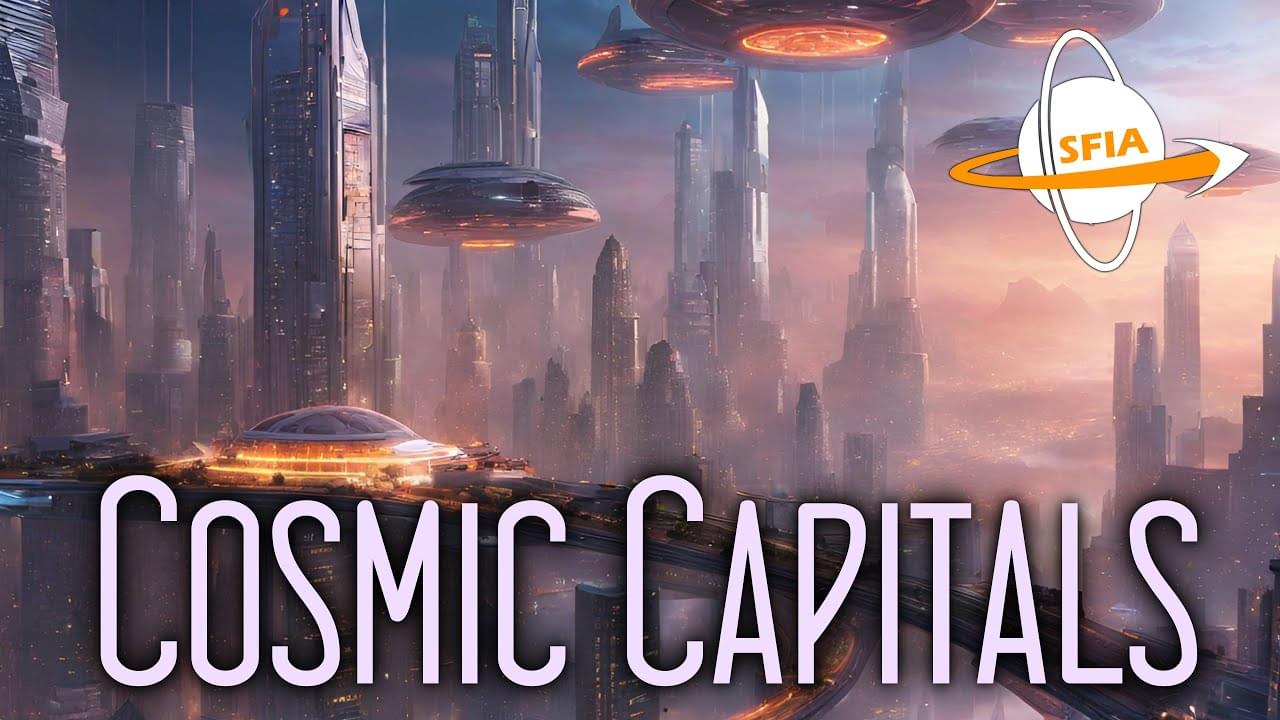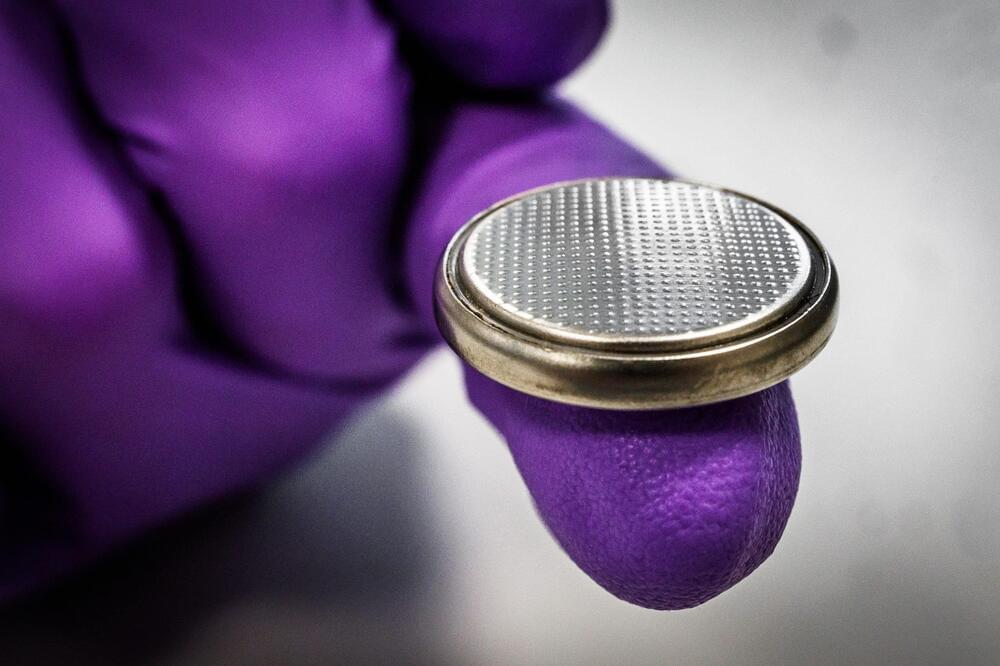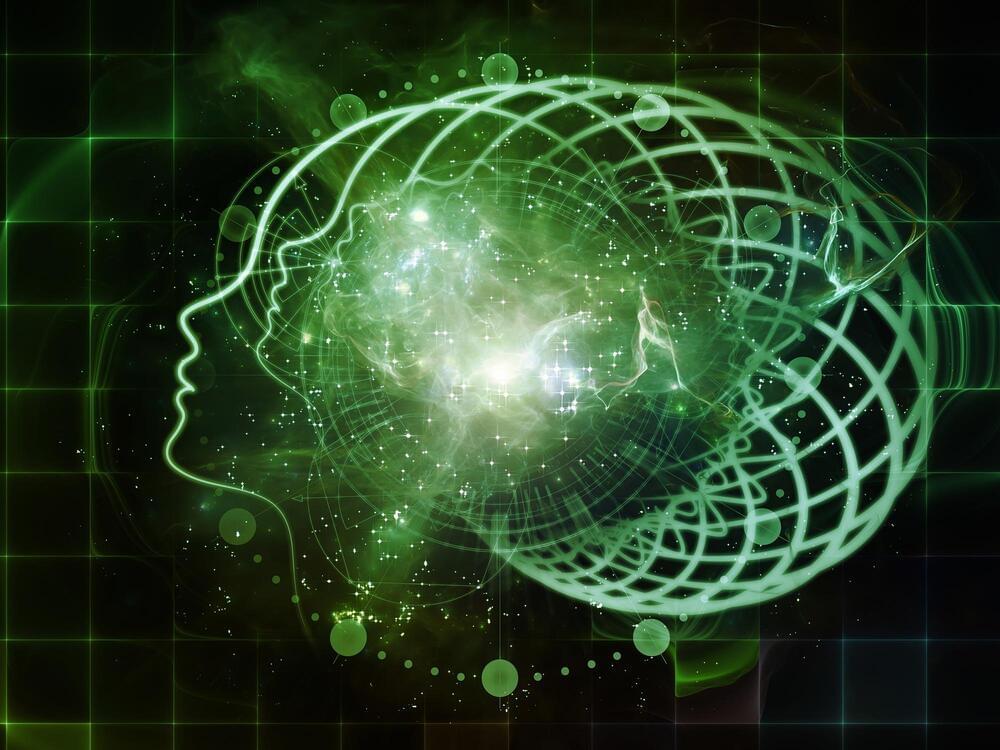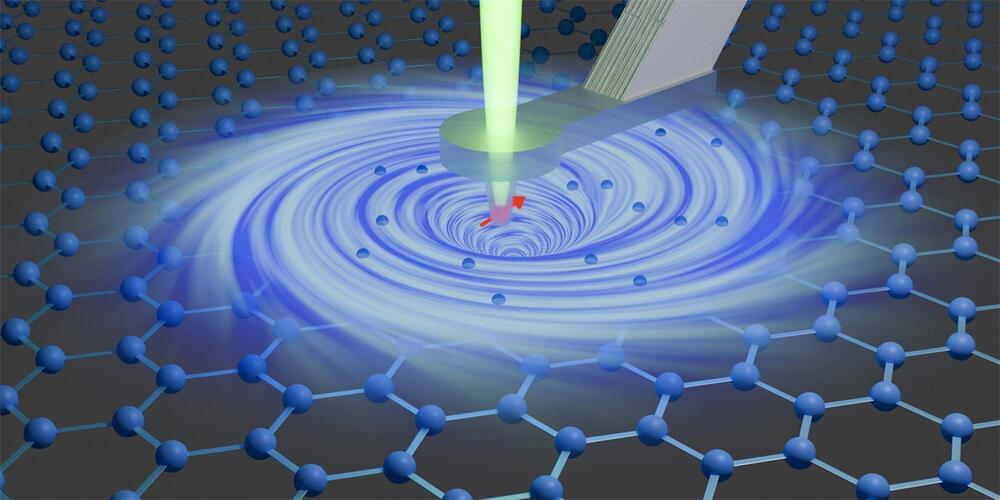Go to https://brilliant.org/IsaacArthur/ to get a 30-day free trial and 20% off their annual subscription.
One day our civilization may settle our whole galaxy, with mighty star empires consisting of millions if not billions of worlds, but what would the centers of such empires be like?
Join this channel to get access to perks:
/ @isaacarthursfia.
Visit our Website: http://www.isaacarthur.net.
Join Nebula: https://go.nebula.tv/isaacarthur.
Support us on Patreon: / isaacarthur.
Support us on Subscribestar: https://www.subscribestar.com/isaac-a…
Facebook Group: / 1583992725237264
Reddit: / isaacarthur.
Twitter: / isaac_a_arthur on Twitter and RT our future content.
SFIA Discord Server: / discord.
Credits:
Cosmic Capitals.
Episode 447; May 16, 2024
Written, Produced \& Narrated by:
Isaac Arthur.
Editors:









